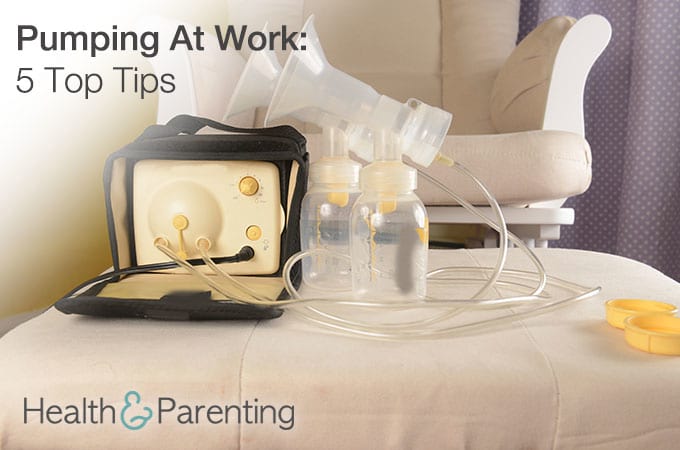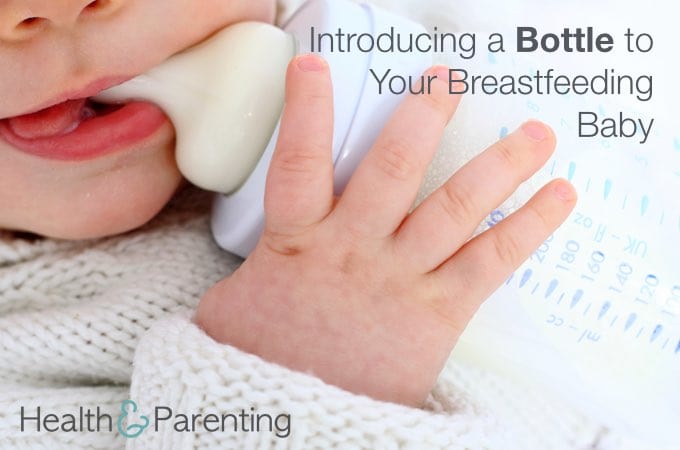Let’s face it – all mothers work. Women don’t make the decision to return-to-work or to stay-at-home lightly. And neither choice is right or wrong – it all depends on your family’s needs. You’re the best judge of what’s right for you.
If you’re on the fence about returning to work, here are some points to consider:
- Your finances: First and foremost, can your budget adjust to a decrease in income for your family? If you want to stay home and just can’t figure out how to do it, sit down and take a good look at where all of your money goes each month. See if there are ways to make changes that would make staying at home an option.
- Childcare choices: Consider the cost of childcare when working on your budget. Will your working cause you to spend more than you make, effectively negating your salary? Are there waiting lists at the day care you most want to use? Would it be less cost to employ someone in your home? Do you have a flexible job that will let you bring baby along for the first few months?
- Work options: Does your employer offer telecommuting, so you can work at least part of your hours from home? Could you return to work part time rather than full time? Is job sharing (where two people split the hours and duties for one job) an option? Is your employer willing to let you work flexible hours (four nine-hour days, for example, with three days off each week)?
- Career advancement: How will not working affect your advancement in your profession? Some women consider “sequencing,” dropping out of the paid workforce while their children are young, and re-entering later when the demands of motherhood are less.
- Breastfeeding: Many women successfully combine working and breastfeeding. But consider what you will need in order to do this. Do you have a breast pump? Have you considered where and when you will pump at work? Have you discussed it with your supervisor ahead of your maternity leave, or is this a topic you still need to broach?
While some women are able to take a long paid maternity leave, the reality in the US is that most mothers are back to work very soon after the birth of their baby. And for some families, this is just fine. Maybe before the birth, you had every intention to return to your job; but now that your baby is here, you can’t imagine leaving him every day. Or maybe your job’s demands aren’t compatible with having a family, and you need to either find a different position or stay home. Or maybe you decided even before birth that you wanted to stay at home. Whatever your situation, the decision-making needs to be planned for your family’s well being.
How did you decide whether or not to return to work outside the home?
Written by Michelle, childbirth instructor, lactation consultant, and mother to 4 busy kids
This information is not intended to replace the advice of a trained medical doctor. Health & Parenting Ltd disclaims any liability for the decisions you make based on this information, which is provided to you on a general information basis only and not as a substitute for personalized medical advice. All contents copyright © Health & Parenting Ltd 2016. All rights reserved.












